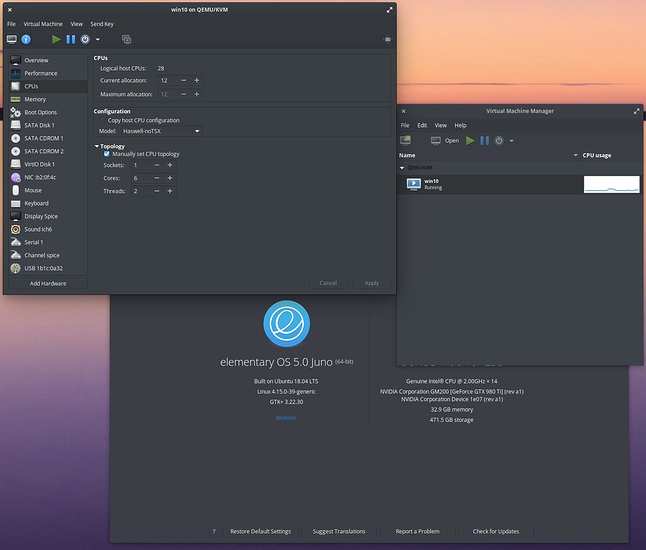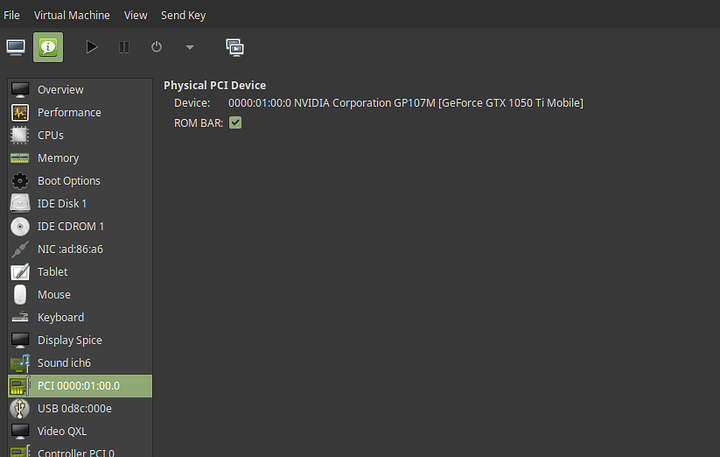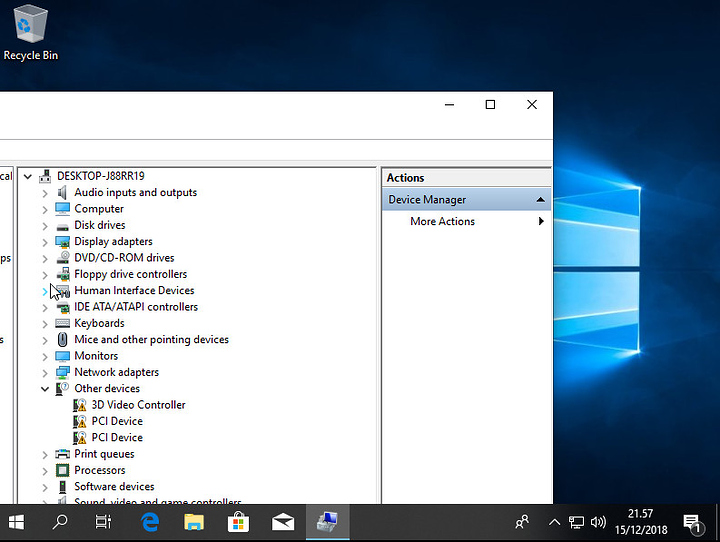Sorry, just saw your replay and realized you are using 2 AMD GPUs for some reason I was thinking 2 nvidia cards even after reading RX580. I think part of the issue may be the loading time of the AMDGPU/radeon driver. When I was initially passing through an R9 390 I had to literally blacklist the radeon and AMDGPU drivers for it to work.
That said your /etc/initramfs-tools/modules file should also have the lines
options vfio_pci ids=10de:1b80,10de:10f0
vfio_pci ids=10de:1b80,10de:10f0
in it where the ids are those of you passthrough GPU. You may want to split the options vfio_pci into 2 lines, one for the video and one for the audio parts of the GPU. It may be overkill, but literally have it 3 times in my file
options vfio_pci ids=10de:1b80
options vfio_pci ids=10de:10f0
options vfio_pci ids=10de:1b80,10de:10f0
Add these lines before the last 2 lines of your current file.
Your /etc/modules file should also have in it the line
vfio_pci ids=10de:1b80,10de:10f0
You almost need for force vfio to take hold of the GPU
If you are on a Kernel from 4.18.16 forward you may also have to try this: I am copying and pasting from the Arch Wiki
Create /etc/modprobe.d/vfio.conf with the following:
install vfio-pci /usr/bin/vfio-pci-override.sh
Edit /etc/mkinitcpio.conf
Remove any video drivers from MODULES, and add vfio-pci, and vfio_iommu_type1
MODULES=(ext4 vfat vfio-pci vfio_iommu_type1)
Add/etc/modprobe.d/vfio.conf and /usr/bin/vfio-pci-override.sh to FILES:
FILES=(/etc/modprobe.d/vfio.conf /usr/bin/vfio-pci-override.sh)
regenerate initramfs and reboot
update-initramfs -u
reboot
I have avoided identical GPUs just because it seemed a complicated process and have not been confident in using vfio but forcing myself to learn what I can right now. Hopeful these work for you.


